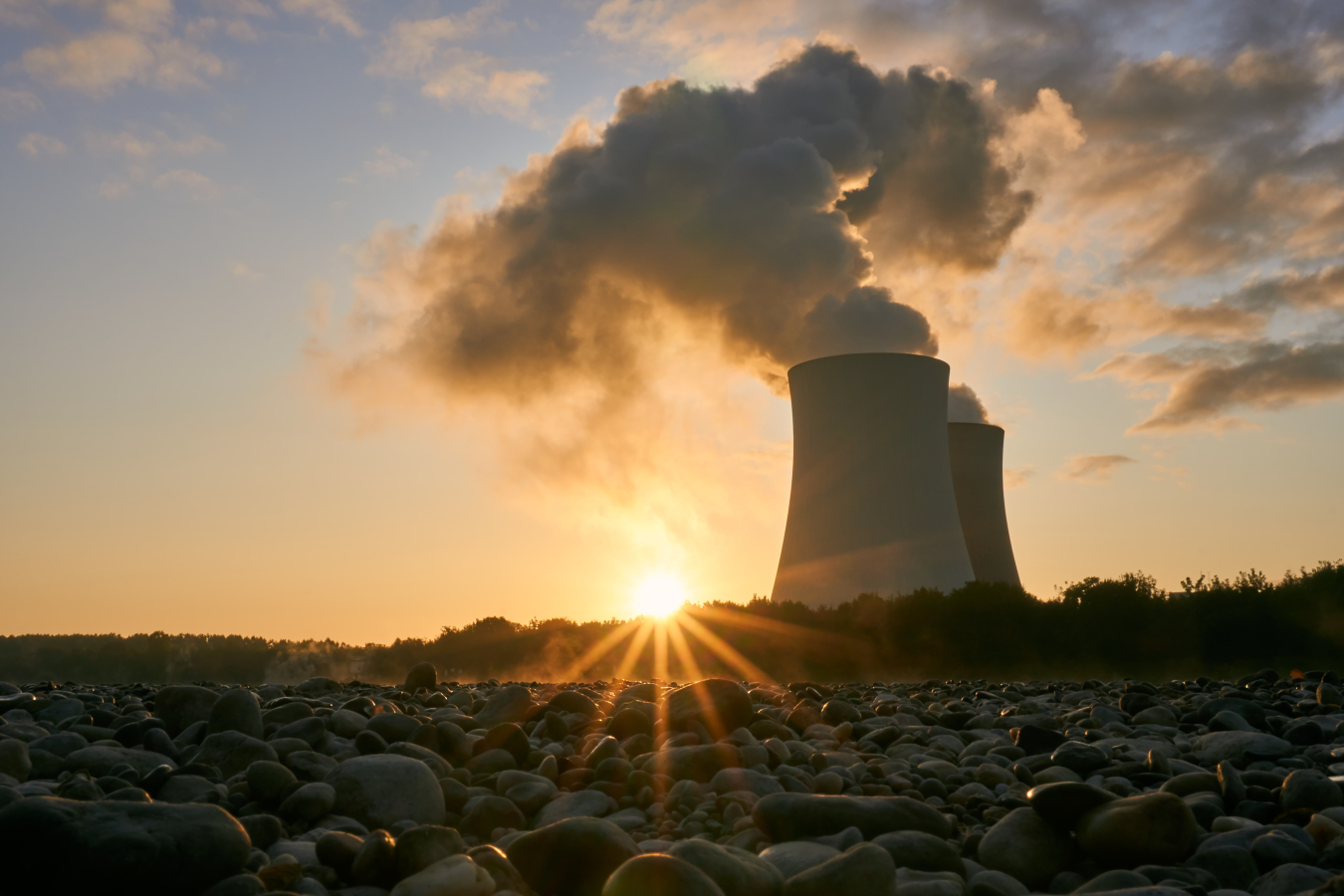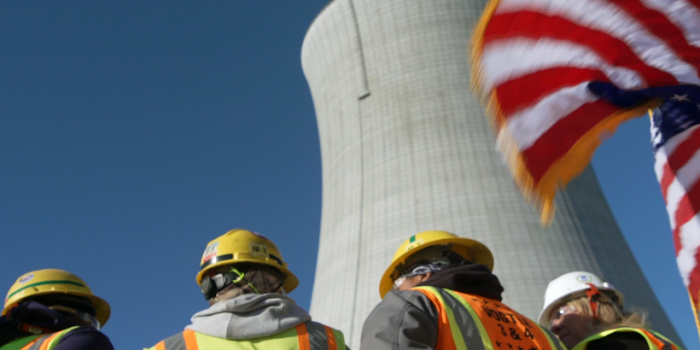Nuclear energy is becoming more popular by the day and is being considered an eco-friendly option for the energy crisis we are going through. The US Department of Energy has dedicated US$20 million to a project that is based in Arizona that will use nuclear energy to make green hydrogen. They will be testing its capability as a liquid backup battery and as a secondary product for nuclear power installations.
The project will be headed by PNW Hydrogen LLC. They will build hydrogen production plants on-site at the Palo Verde Nuclear Generating Station in Phoenix, Arizona. Storage tanks will be used that will be able to store six tonnes of hydrogen onsite, representing about 200 MWh of energy that can be converted back into electricity and given to the grid when demand is more than usual.

The hydrogen will also be “used to make chemicals and other fuels,” and the project will gauge how nuclear stations can export and sell extra energy as an extra revenue stream. It is said that in the future, baseline power providers like nuclear stations will only be needed when the sun’s not shining or the wind’s not blowing. Hence, it makes sense to use this technology to make use of it and produce energy in the downtime.

This is part of the DoE’s “Hydrogen Shot” goal of reducing green H2 prices from around US$5/kg to US$1/kg within a decade. The question asked by people is that nuclear energy is not cheap when compared to solar one. So why is it being set up? To answer this, it was said that if using the hydrogen as a liquid grid battery is economically affordable for the power stations, or even nearly feasible financially, then the stream of excess hydrogen produced once the main tanks are full can be sold cheaply. This project will test the financial aspects and capabilities of the idea.


